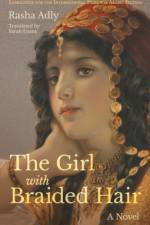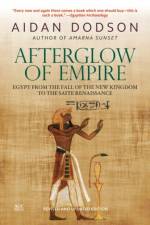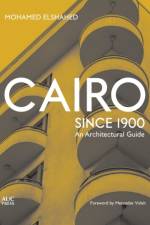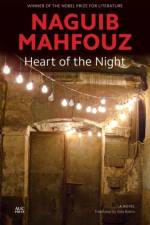av Mohja Kahf
657
A multi-disciplinary exploration of how masculinity in the MENA region is constructed in film, literature, and nationalist discourseConstructions of masculinity are constantly evolving and being resisted in the Middle East and North Africa. There is no "e;before"e; that was a stable gendered environment. This edited collection examines constructions of both hegemonic and marginalized masculinities in the MENA region, through literary criticism, film studies, discourse analysis, anthropological accounts, and studies of military culture. Bringing together contributors from the disciplines of linguistics, comparative literature, sociology, cultural studies, queer and gender studies, film studies, and history, Constructions of Masculinity in the Middle East and North Africa spans the colonial to the postcolonial eras with emphasis on the late twentieth century to the present day. This collective study is a diverse and exciting addition to the literature on gender and societal organization at a time when masculinities in the Middle East and North Africa are often essentialized and misunderstood.Contributors: Jedidiah Anderson, Furman University, Greenville, South Carolina, USA Amal Amireh, George Mason University, Fairfax, Virginia, USA Kaveh Bassiri, University of Arkansas, Fayetteville, USA Oyman Basran, Bowdoin College, Brunswick, Maine, USA Alessandro Columbu, University of Manchester, EnglandNicole Fares, independent scholar Robert James Farley, UCLA, Los Angeles, CA, USA Andrea Fischer-Tahir, independent scholarNouri Gana, UCLA, Los Angeles, CA, USA Kifah Hanna, Trinity College, Hartford, Connecticut, USA Sarah Hudson, Connors State College, Warner, Oklahoma, USA Mohja Kahf, University of Arkansas, Fayetteville, USA John Tofik Karam, University of Illinois, Urbana-Champaign, USA Kathryn Kalemkerian, McGill University, Montreal, CanadaEbtihal Mahadeen, University of Edinburgh, Scotland Matthew Parnell, American University in Cairo, Egypt Nadine Sinno, Virginia Tech, Blacksburg, Virginia, USA





























